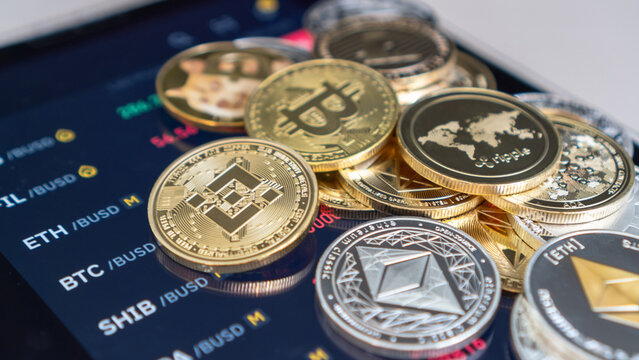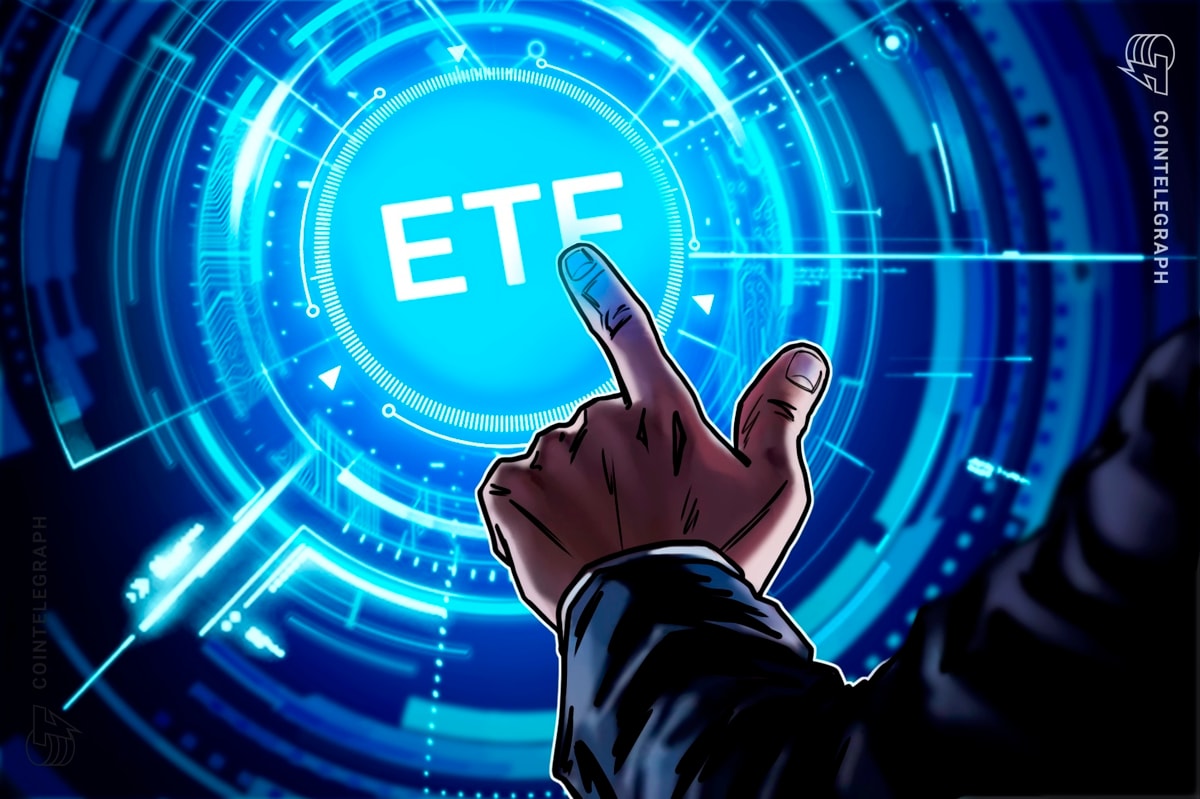
Bitcoin miners are producing a higher hashrate than ever as new hardware comes online, and SegWit is keeping pace — counting for 50 percent of total network activity.
Bitcoin miners are reeling out a higher hashrate than ever as new hardware comes online, and SegWit is keeping pace — cresting 50 percent of network activity over the weekend.
The network’s hashrate has continued its steady upward climb, and according to various data sources, is hovering just below 100 exahashes per second (that means that, every second, about 100 quintillion guesses are made to find the next block in the chain). As hashrate rises, difficulty is following closely behind at 11.89 T, and BTC.com expects it to jump to 13.18 T by the next adjustment.

Source: bitinfocharts.com
The network’s mining activity has been on a tear this year, more than doubling since bitcoin entered 2019 at a gut-wrenching $3,000 price point. This high-flying hashrate follows surging demand in the mining market for new top-of-the-line hardware, and according to a report from Chinese blockchain analytics firm TokenInsight, the rise in bitcoin’s price has allowed the miners to pay themselves back in nearly half of the time.

Source: BTC.com
“The prices of popular mining hardware dramatically increased during the second quarter and the demand of mining hardware exceeded total supply. As the mining costs increased, miners' payback cycles were shortened in the second quarter than the previous quarter,” the report reads.
Mining companies scrambled to release more efficient and powerful machines “based on the latest market trends such as the insufficient supply of mining hardware and an increased demand on computing power,” TokenInsight wrote. These next generation ASICs include Innosilicon’s T3 43 T and T3 +57T, the Whatsminer M20S, Ebang Ebit E11 and Bitmain’s Antminer S17.
As more powerful miners pump the network with hashpower, older models are being flushed out. In the second quarter of 2019, “some of the popular mining hardware with low and medium computing power were withdrawn from the market, citing product iteration or unshelving as reasons,” the report reads. If difficulty continues to increase above a 3 percent average per adjustment (and TokenInsight thinks it will, as Q2 saw an average of over 4 percent), the low-end miners will have trouble recouping investment. If it rises above 5 percent, then even the heavyweights are in trouble.
“According to the table above, when the computing power increases by 4 on average, nearly half of the mainstream mining machines cannot realize the payback from investment; when the computing power increases by 5, most mining machines cannot realize the payback from investment,” according to TokenInsight.
Also Rising: SegWit Transactions
While miners plug away at an ever-rising hashrate, SegWit is gaining further traction on the network's transaction landscape.
SegWit transactions as a percentage of total network spends reached a new all-time high on September 15, 2019, eclipsing 50 percent, according to transactionfee.info. Like the Bitcoin hashrate, SegWit spends as a share of all network transactions have been on a steady uptick since 2018.
This jump in activity comes after a stagnant 2019 during which the fee-saving protocol has averaged roughly a 40 percent share of the network’s spending, after nearly doubling year over year from 2018 to 2019. While many popular wallets and exchanges have implemented SegWit, other outliers, like Binance, BitMex, Bittrex, Blockchain.com and BitPay, have resisted updating their software to accommodate the upgrade.










